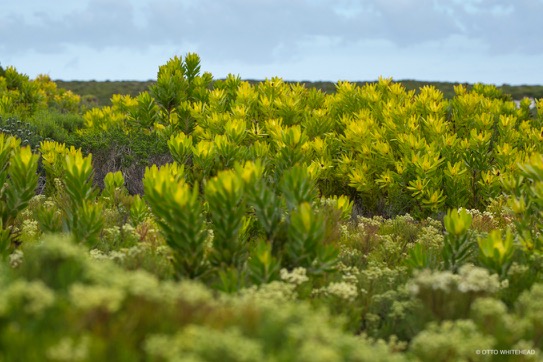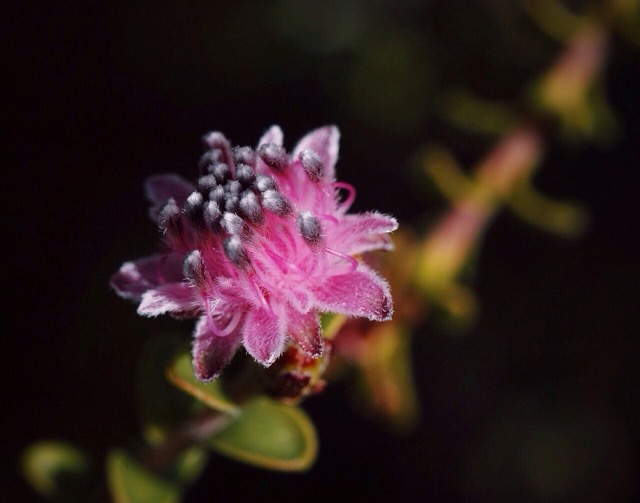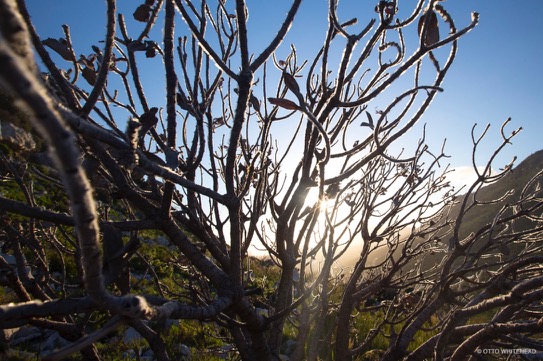After a decade of hard slog I finally had a study come out this week showing that increasingly prolonged periods of severe hot and dry weather during the first summer after wild fires is inhibiting vegetation recovery and causing loss of plant diversity in the Fynbos. If you don’t have access to the journal through the link above, I made a short video explaining the general gist.
Otherwise shoot me a message and I’ll send it to you. Besides being some of the first empirical evidence of a climate change impact on biodiversity in the Fynbos Biome, and in South Africa in general, it is a testament to the importance of long-term research, and taking one’s time to do it. But I’ll get back to that and give you the back history at a later stage. For now, I thought I’d just put it out there, and perhaps say a few words about why this is important.

Firstly, you may wonder why this paper is important? While we’ve known that climate change will affect our ecosystems, we haven’t known how much the climate needs to change before we’ll detect an impact, or how that impact plays out in different ecosystems subject to different ecological processes. Our study not only shows that fynbos is already responding to changing climate, it demonstrates an important interaction between fire and climate change that may affect flammable ecosystems worldwide. The more we begin to understand these kinds of interactions and their impacts, the better we can anticipate what is to come, and the more prepared we can be.

Secondly, why should we care about how fynbos will be affected by climate change? Beyond it’s sheer spectacular beauty, the usual argument about pharmaceutical potential, and the impact its loss would have on our national pride – fynbos being restricted to South Africa - perhaps the biggest concern is what would fill it’s place? “Nature abhors a vacuum” - to borrow from the physicists - and all indications are that the winners from climate change in the Cape are the invasive species from other Mediterranean type ecosystems like the pines, eucalypts and wattles. These invasive alien plants seriously alter landscape-level processes, using more water than the indigenous vegetation and greatly upping the game in terms of scale and impact of fires (a strong motivation for the Department for Environmental Affairs’ Working for/on programmes). It’s not like we have a lot of water to spare…, and while everyone was shocked by the March 2015 fires in Cape Town it’s impacts pale in comparison to those experienced in California, Australia and the Mediterranean Basin..

Unfortunately, our study doesn’t provide any simple solutions for adapting to or mitigating climate change impacts, but it does provide is some indication of which kinds of species seem to be more sensitive, some of which were surprising. For example, until now most researchers believed that species that resprout from underground storage organs after fire should be less sensitive to climate impacts, but we found that these were the most sensitive species. The loss of species that resprout could have serious implications for the post-fire recovery of vegetation, with knock-on effects for important ecosystem processes like hydrology, habitat provision, carbon uptake and the fire regime. This kind of information can guide future research efforts and helps us envision the potential range of future outcomes. Knowing which species may be most sensitive also helps guide monitoring programmes and management efforts like assisted dispersal or ex situ conservation, …if we can find ways to make these options affordable.
Thanks Otto for the great pics!
